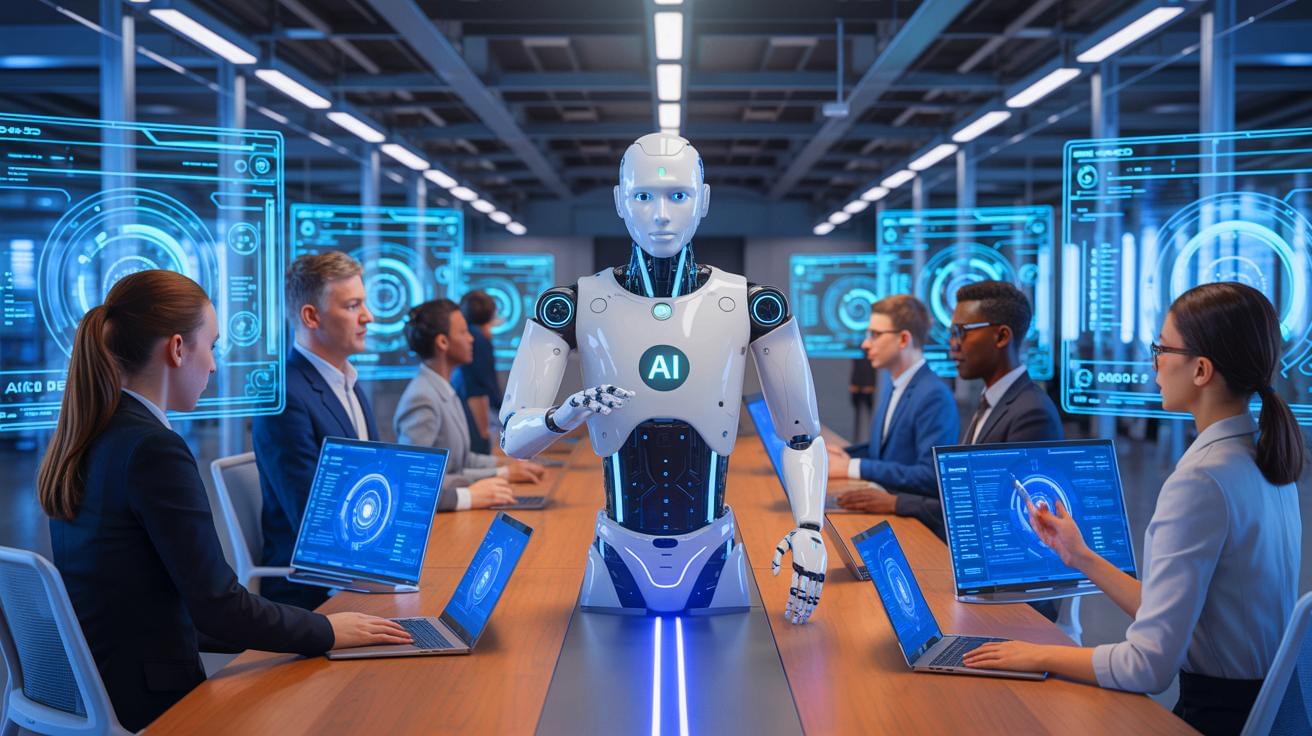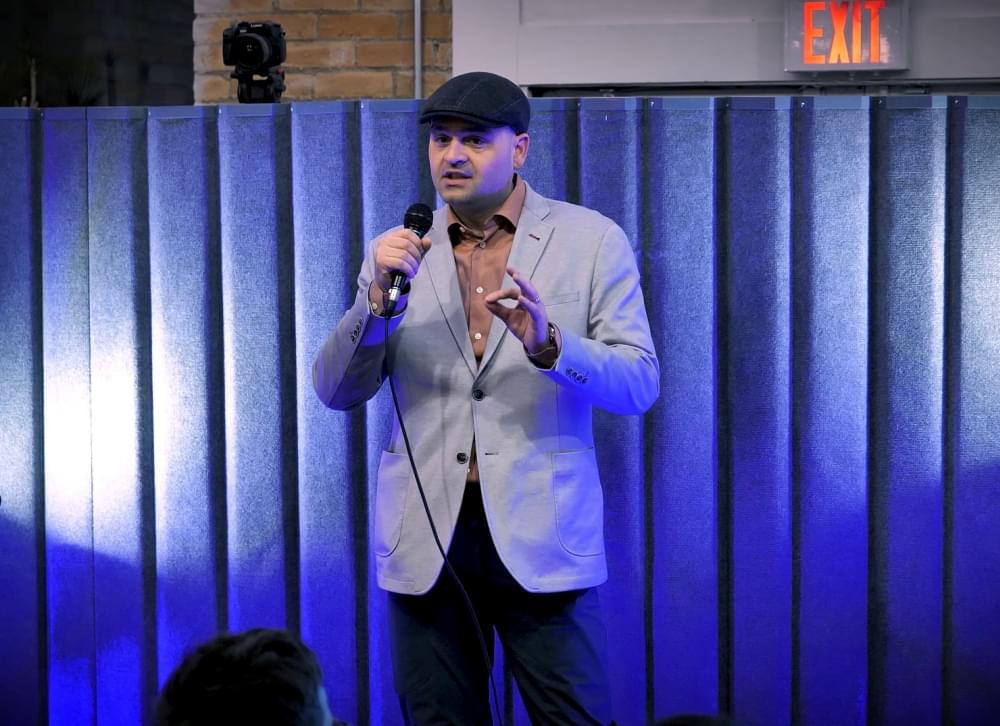Vivid colors and a thunderous boom marked the fireball’s path at 3 a.m.
Category: futurism – Page 64



“If Anthropic Succeeds, Everything Changes”: A Nation of Benevolent AI Geniuses Could Rise and Reshape the Future of Human Civilization
IN A NUTSHELL 🌟 Anthropic is on a mission to develop artificial general intelligence that remains ethical and benevolent. 🎯 The company’s strategy, known as the Race to the Top, aims to set global standards for safe AI development. 🤖 Claude, Anthropic’s AI model, is designed to embody ethical principles and serve as a constant.

Best Evidence Proving Aliens Exist: Tier List
#eldddir #eldddir_space #eldddir_earth #eldddir_homo #eldddir_animals#eldddir_disaster #eldddir_ocean #eldddir_bombs #eldddir_future #eldddir_tech #eldddir_j…



